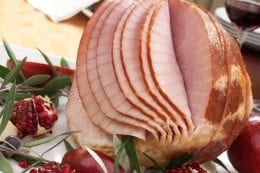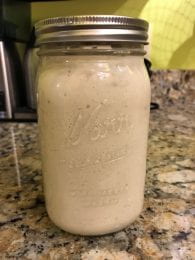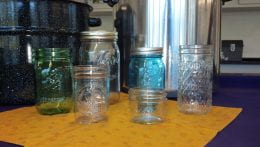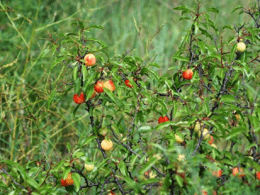
Photo: USDA
If you’ve been shopping at the grocery store lately, you know that the cost of many items has gone up. And that can cause us to question what foods you purchase. Here are some tips to save some money on your next grocery bill.
- Shop store brands instead of popular brands. Have you tried a blind taste test to compare? You may find your family will not even notice any difference. Brands name foods are often selected because of advertising or packaging.
- Check unit pricing. The larger quantity size may not be a bargain. Check the unit pricing located on the tag on the shelf.
- Stretch meat with plant proteins. Adding beans to meat based soup or casseroles can stretch out meat and add beneficial nutrition.
- Properly store fruits and vegetables. Make the most of what you buy and use it in a timely manner. See our guide Safe Food Storage: The Refrigerator and Freezer and Safe Food Storage: The Cupboard for more information.
- Use ripe fruit in other ways such as a smoothie, quick bread, cobblers or crisps. This helps reduce food waste.
Source: https://blogs.extension.iastate.edu/spendsmart/2022/04/11/the-total-is-what/





